The choice of persona type depends on the specific needs of the project and the depth of user understanding required.
Contemporary personas are fictional representations of user archetypes that help designers and marketers better understand and target their audience. Here are some common types of contemporary personas:
User Personas: These are the most traditional and widely used personas in product design and marketing:
Goal-oriented Personas: Focus on the user's objectives and motivations.
Role-based Personas: Represent different roles within an organization or system.
Engagement Personas: Highlight how users interact with a product or service.
Buyer Personas: Specifically used in marketing and sales:
-Decision Maker Personas: Represent key individuals who make purchasing decisions.
-Influencer Personas: Reflect those who influence buying decisions but may not make the final call.
-End User Personas: Represent the actual users of a product, who may differ from the buyers.
Digital Personas: Tailored for online and digital experiences:
-Social Media Personas: Represent different types of social media users and their behaviors.
-Content Consumption Personas: Focus on how individuals consume digital content.
-Tech Adoption Personas: Reflect varying levels of technological proficiency and adoption rates.
Behavioral Personas: Based on observed or predicted behaviors:
-Psychographic Personas: Incorporate lifestyle, values, and attitudes.
-Occasion-based Personas: Represent users in specific situations or contexts.
-Journey-based Personas: Reflect how users progress through different stages of interaction with a product or service.
Demographic Personas: While less nuanced, these are still used in some contexts:
-Generational Personas: Represent different age groups (Baby Boomers, Millennials, Gen Z).
-Cultural Personas: Reflect different cultural backgrounds and their impact on user needs and behaviors.
Emerging Persona Types: Newer concepts in persona development:
-AI-generated Personas: Created using machine learning algorithms and big data.
-Fluid Personas: Adaptable representations that change based on real-time data and context.
-Anti-Personas: Represent users who are not the target audience, helping to clarify who the product is not for.
These various types of personas help create a more comprehensive understanding of potential users or customers, allowing for more targeted and effective design, marketing, and communication strategies. The choice of persona type depends on the specific needs of the project and the depth of user understanding required.


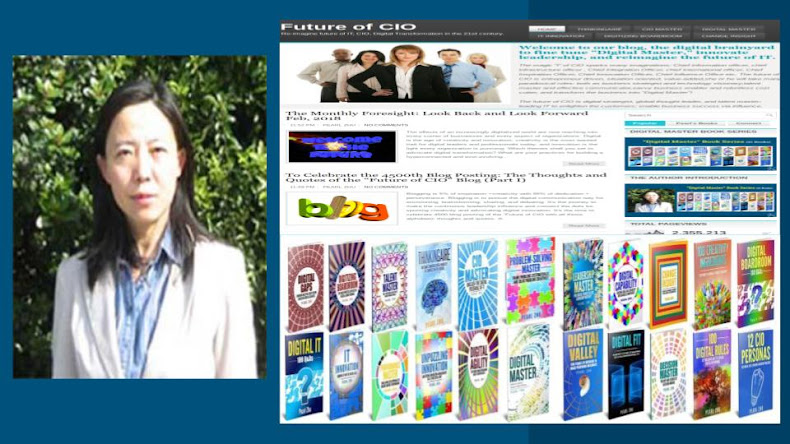


















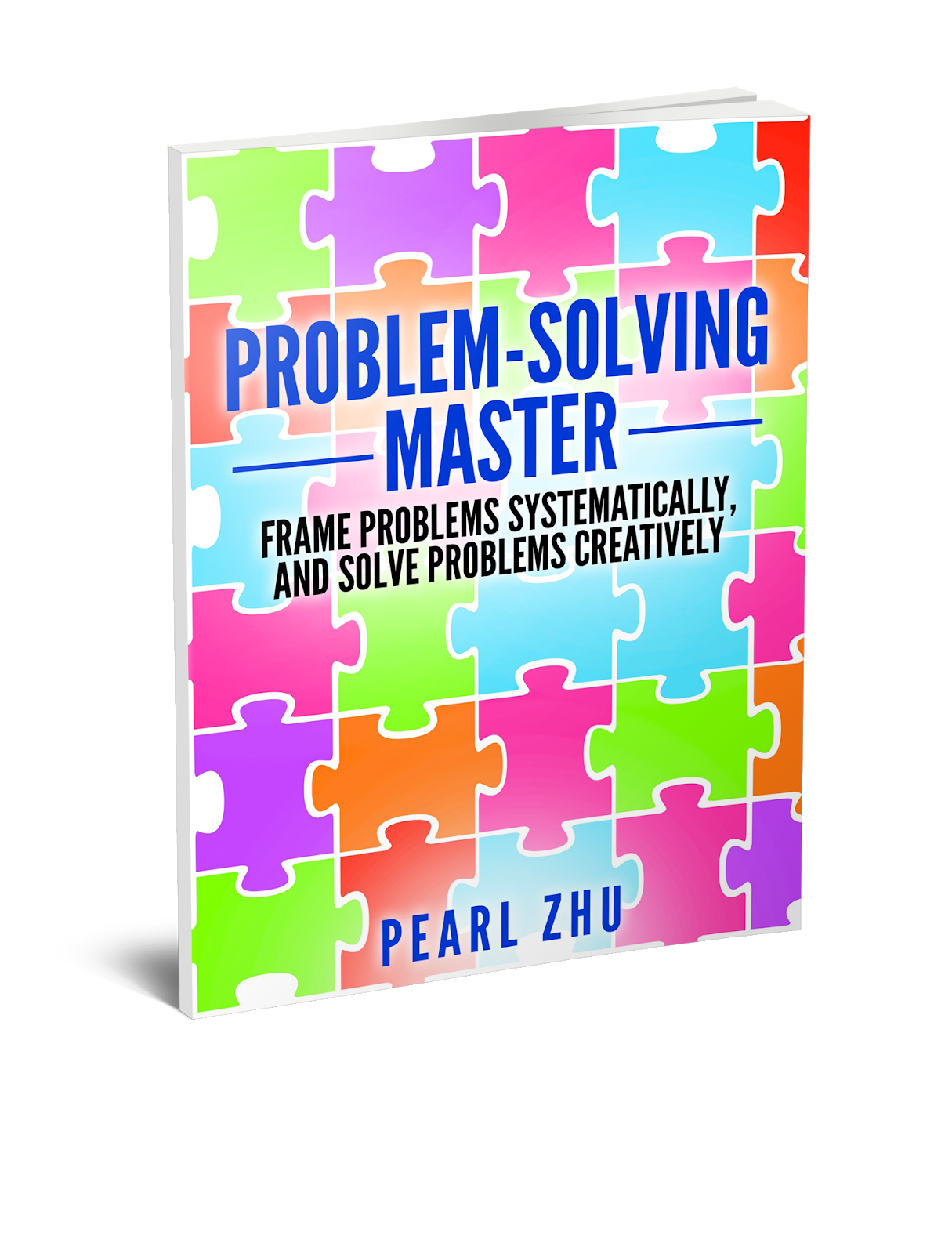
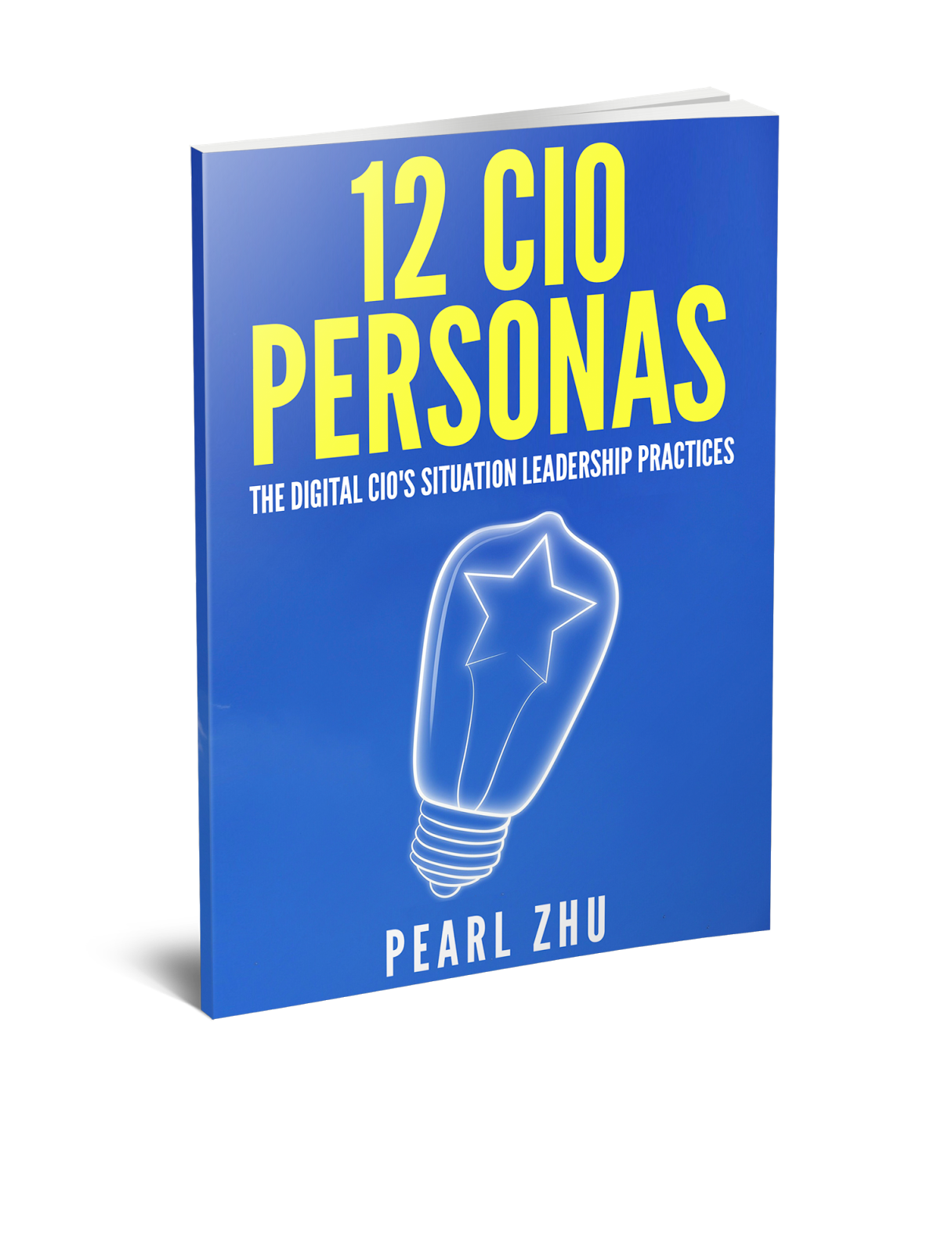
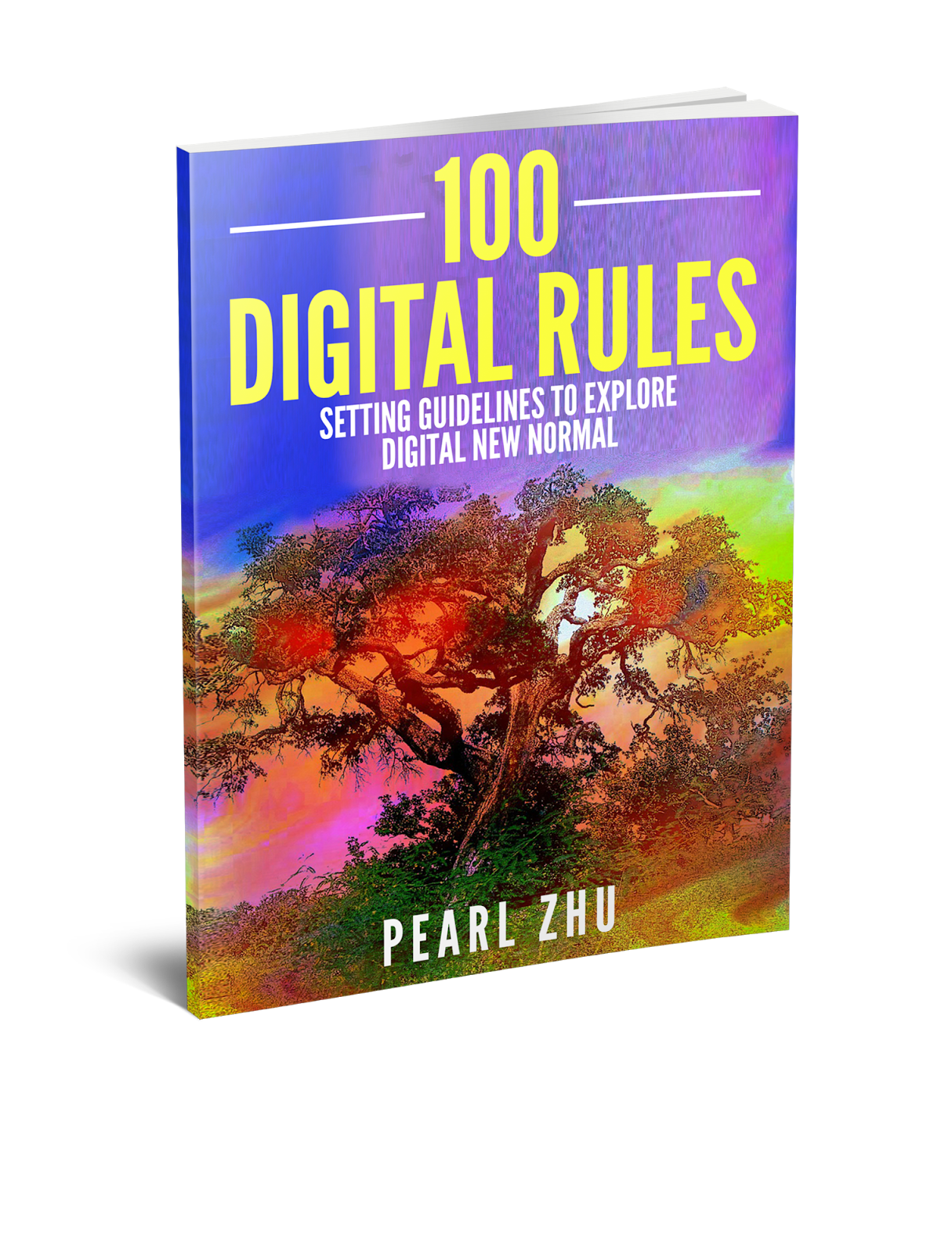



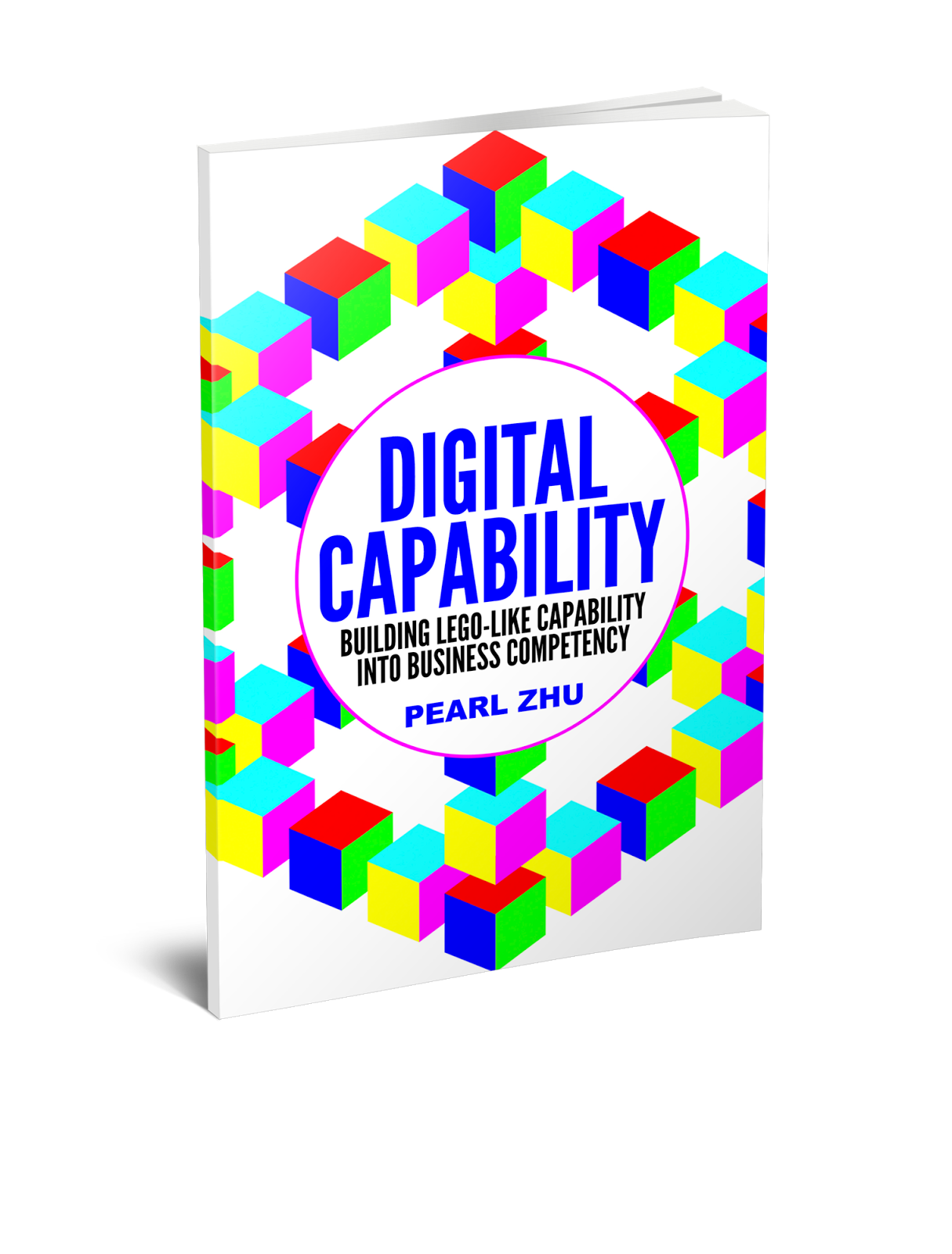


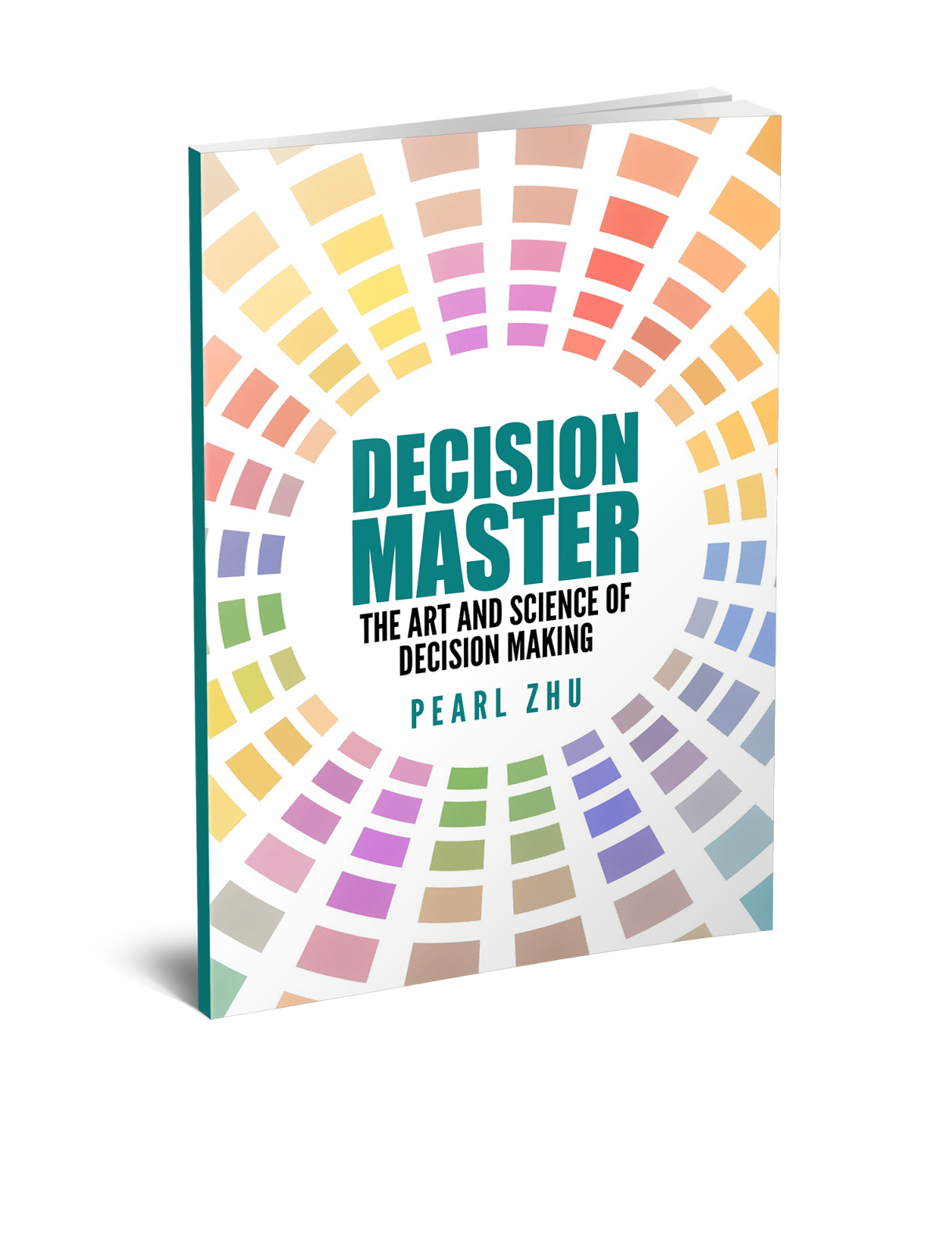












0 comments:
Post a Comment